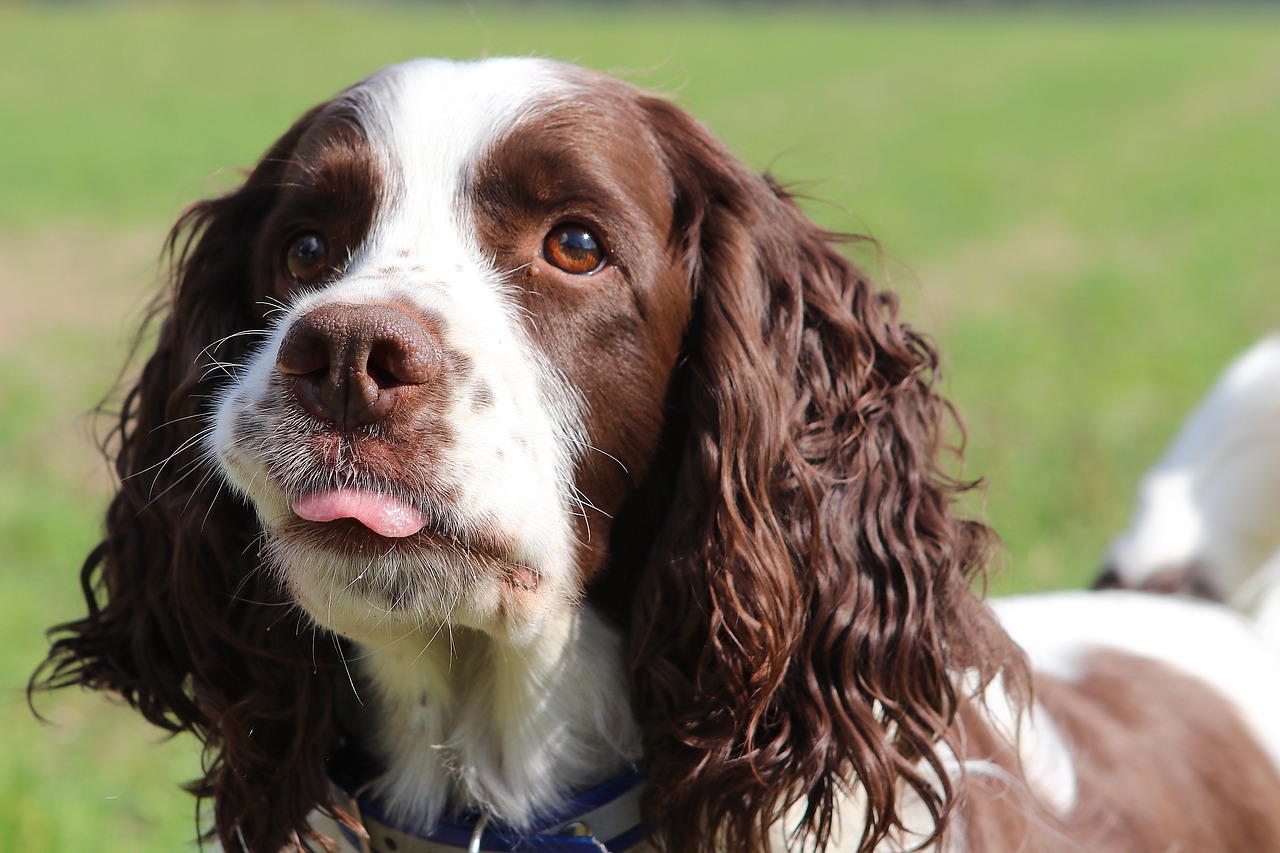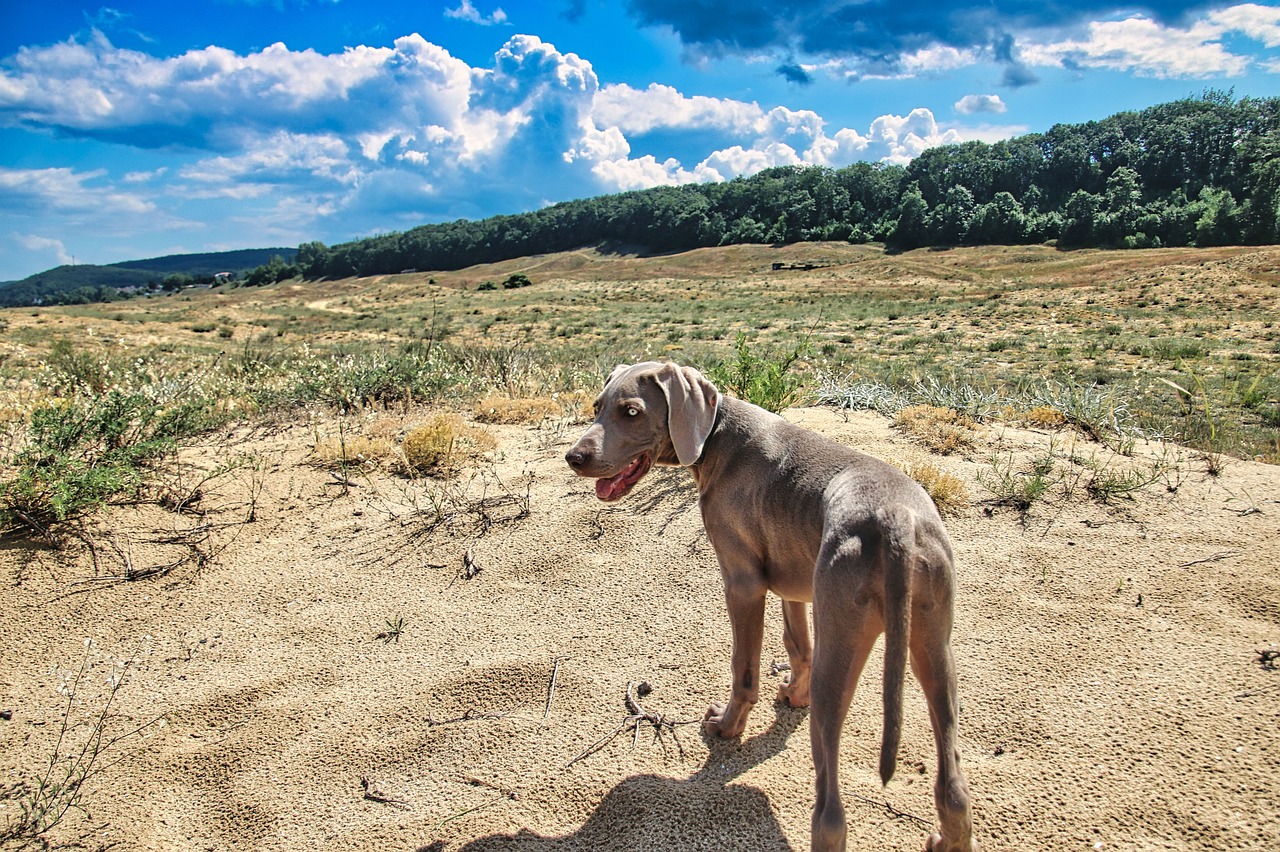The English Springer Spaniel, known for its boundless energy and affable nature, is a breed deeply rooted in hunting and retrieving games in the English countryside. Celebrated for their versatility and keen sense of smell, English Springer Spaniels have historically been companions of hunters, adept at flushing and retrieving game from thick underbrush. Beyond their utility in the field, these spaniels are cherished family pets, appreciated for their friendly demeanor and strong desire to please. Alongside their well-known traits, English Springer Spaniels exhibit several unusual habits that are intriguing and indicative of their breed-specific traits and working heritage. These behaviors, while sometimes challenging, add to the breed’s charm and complexity. This article will explore seven of the most unusual habits of English Springer Spaniels, shedding light on each behavior’s origins and offering insights into how to manage these distinctive traits effectively.

1. “Shadowing” Their Owners
English Springer Spaniels are known for their tendency to “shadow” their owners, following them closely throughout the day. This habit stems from their bred purpose as close-working hunting dogs, where staying near the hunter was essential for effective teamwork. While this behavior highlights their loyalty and companionship, it can lead to separation anxiety if they become too reliant on their owner’s presence. Encouraging independence through crate training and providing stimulating toys that keep them occupied can help manage their need for constant companionship.
2. Obsessive Fetching
These spaniels often display an obsessive enthusiasm for fetching, which can be traced back to their retrieving roots. They may continually bring objects to their owners to throw, rarely tiring of the game. While this can provide excellent exercise and mental stimulation, it’s important to ensure that the Springer does not become overly fixated on fetching to the exclusion of other activities. Balancing fetch with other forms of play and training can help maintain a healthy level of engagement and prevent obsessive behaviors.
3. Water Love
English Springer Spaniels have a profound love for water, likely due to their history of working in marshy and wet conditions during hunts. They often cannot resist plunging into ponds, lakes, or even puddles. While this makes for great fun and exercise, it’s important for owners to always ensure the safety of their environments and to dry their dogs thoroughly afterward to prevent ear infections, which can be common in breeds with floppy ears.
4. “Springing” in Tall Grass
True to their name, English Springer Spaniels have a distinctive habit of “springing” or leaping high into the air to catch sight of birds or game while moving through tall grass. This behavior was essential for flushing game in the field. In a non-hunting context, this can seem like playful jumping, but it’s rooted deeply in their genetics. Training them to respond to commands can help manage when and where this behavior is appropriate, ensuring it doesn’t lead to unsafe situations.
5. Vocalizations When Excited
Springer Spaniels can be quite vocal, especially when excited, using a range of whines, barks, and other sounds to express their emotions. While this expressiveness is part of their charm, it can become excessive. Teaching them quiet commands and providing appropriate outlets for their energy can help manage their vocalizations, ensuring they remain well-behaved and not overly noisy.
6. Digging Behavior
Despite their primary role as hunters, some English Springer Spaniels may exhibit digging behaviors, which can sometimes be linked to their instinct to unearth game. If not properly managed, this habit can lead to unwanted holes in gardens or yards. Providing a designated digging area or engaging them in more digging-appropriate activities, such as search and rescue training or nose work, can fulfill this instinct constructively.
7. Selective Hearing
Springer Spaniels may occasionally demonstrate what seems to be selective hearing—paying heed only when it suits them, especially if they are distracted by scents or potential prey. This can be a challenge during training and requires consistency and patience. Using positive reinforcement techniques and ensuring that commands are always followed through can help improve their responsiveness.

Learn More About the English Springer Spaniel Dog Breed: Information, Facts & Pictures
English Springer Spaniels are delightful companions, known not only for their physical vigor but also for their unusual and sometimes quirky habits. Understanding and appreciating these behaviors can greatly enhance the relationship between Springer Spaniels and their owners. With appropriate training, exercise, and mental stimulation, these intelligent and energetic dogs can lead fulfilling lives as both sporting companions and beloved family pets.
 Toledo, United States.
Toledo, United States.